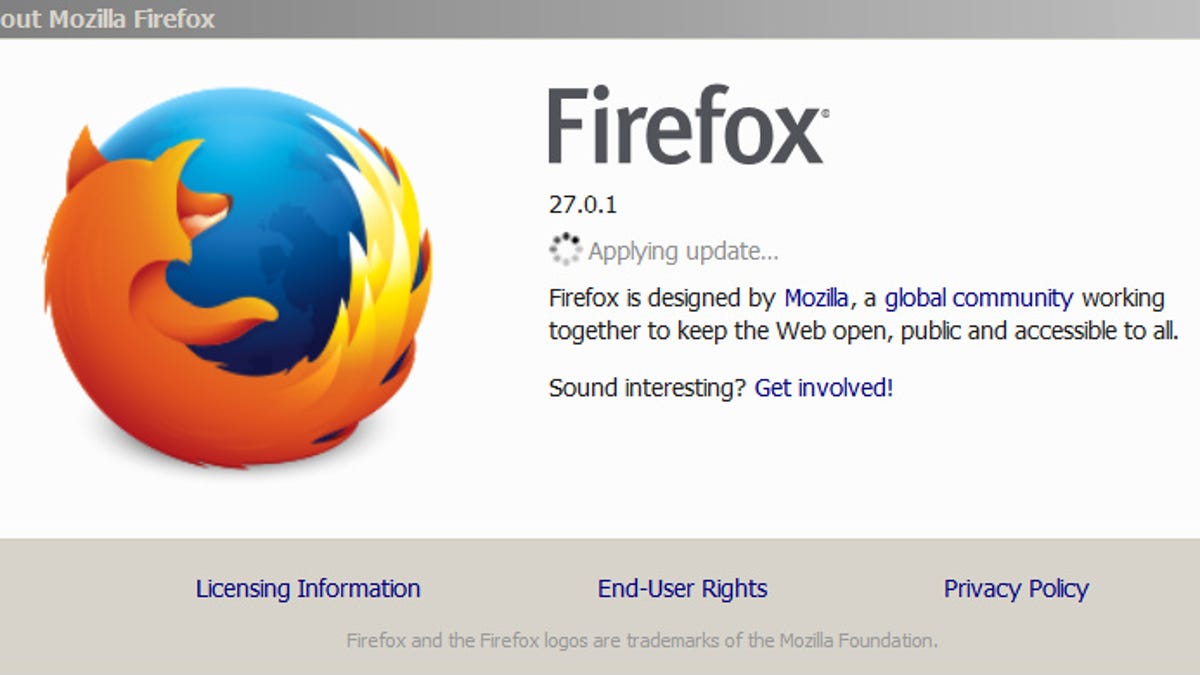Firefox 28 aims for easier media playback
Next-generation, plug-in-free media playback support is the keystone of Firefox 28 for desktops and Android. Meanwhile, it's a hard day for the 1,000 or so people using Firefox in Windows Metro.

Firefox 28 debuts with an emphasis on under-the-hood improvements to keep the browser in line with the latest plug-in-free media playback tools.
VP9 decoding and Opus support in WebM keeps Firefox current with the royalty-free codecs that power media playback in HTML5.
They're not exactly another nail in the coffin for Flash, since Firefox already offers broad HTML5 media playback support, but they do signal that plug-in-free codecs are maturing into broad usability.
Firefox 28 for desktops also gets a new volume control for HTML5 audio and video, and Mac OS X users get Notification Center support for Web notifications.
Unfortunately for Windows 8 users, Mozilla decided to mothball the Windows Metro mode for Firefox just before this update. Mozilla cited the incredibly low daily usage figure of only around 1,000 people per day as the reason behind the decision.
Firefox 28 for Android sees more of the same, with VP9 decoding, WebM with Opus, and HTML5 audio/video controls. It also received some interface tweaks, including an option to toggle the automatically disappearing "Awesomebar;" more quick share buttons, automatic predictive search in the Awesomebar; and adjustments to the text selection, copy, and cut options to make them feel more native to Android.
Full release notes for Firefox 28 for desktops and Firefox 28 for Android are available.

